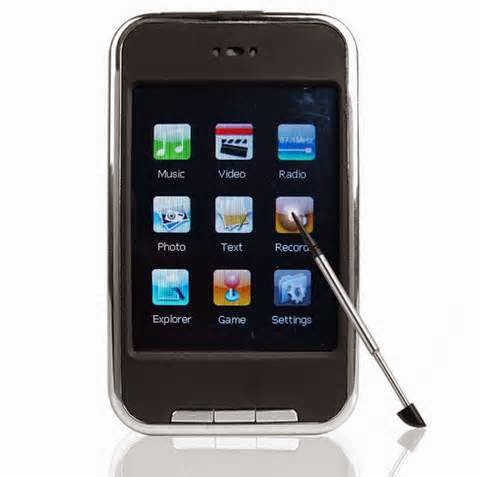After watching this video, I was asked to answer the following question: What was your main take away feeling from this video? I was asked to answer this question using wordle as seen below:
Augmentative and Alternative Communication (AAC) is all forms of communication, other than oral speech, that are used to express thoughts, needs, wants and ideas. When using AAC to communication is done through symbols, pictures, gestures or writing.
A 'typical' user of AAC does not exist. This is largely because we are all users of AAC, often unintentionally, in our daily communication interactions we use gestures and writing. Since AAC enhances communication a wide variety of users are able to benefit from the technology; they come from various ages, races and social classes. AAC will be of use to any person whose current communication abilities are not meeting their communication requirements.
Below are some examples of available ACC technology:
Sign Language: used by people who were born deaf or have lost their hearing
Letters and words that have symbols associated with them that allow people who are deaf to understand a verbal communication.
Braille: used by people who were born blind or have lost their sight
The alphabet represented in rasied dots for those without sight to be able to read.
Picture Exchange Communication Systems (PECS): used primarily by those on the Austism Spectrum
PECS are pictures that are used to convey wants and needs of the user.
Gotalk: for beginning AAC users
A portable communication device that is programmable for a specific user.
Tellegami: This could be used for people on the Autism Spectrum, Cerebral Palsy, developmental delay disorders, apraxia, people who have suffered a stroke or traumatic brain injury.
This allows you to create and share 30 second animated videso called a Gami
LITTLEmack Communicator: Used primarily by those with a cognitive, motor or visual impairment
This device has interchangeable tops that is visible and easily accesible, with a recording time of two minutes.
Cochlear Implants: Used by people who are deaf or severly hard of hearing.
This device is implanted into the person's ear to allow them to have a sense of sound.
Evernote: Individuals with Autism Spectrum Disorder, Apraxia, Developmental disablities, and traumatic brain injuries.
This is an App that has many capabilities such as recipe filing, note taking or digital filing.
iPod touch: Used by everyone
This device is lightweight and portable; with the ability to run a wide variety of Apps.
iPad: Used by everyone
This device portable and has the ability to run a wide variety of AAC Apps.
As I was researching AAC, I watched a number of videos on Youtube. I found many that were interesting and inspiring; I wanted to share these two:











I love watching the video of Ruby. It really is interesting on how many ways a student can communicate with technology.
ReplyDelete